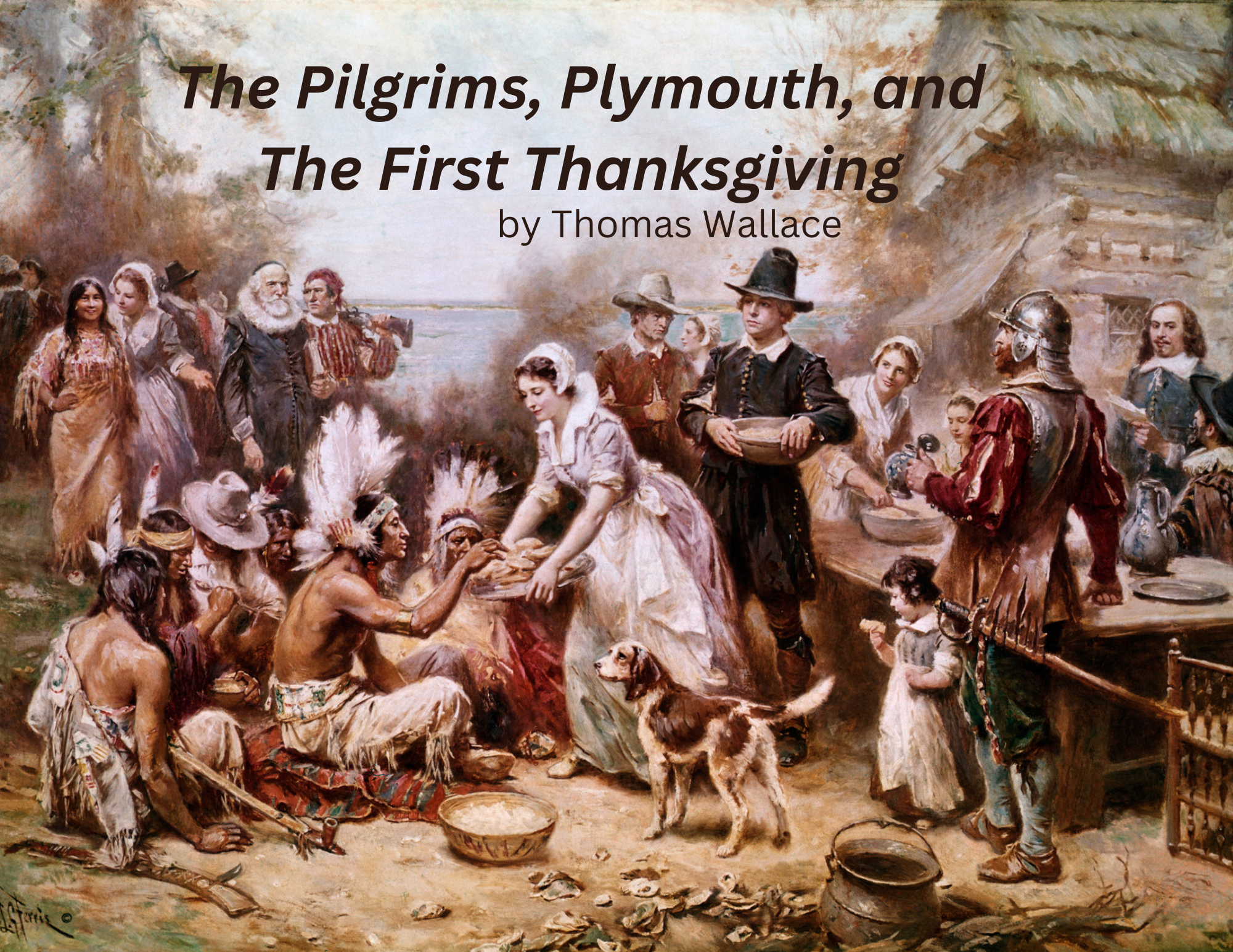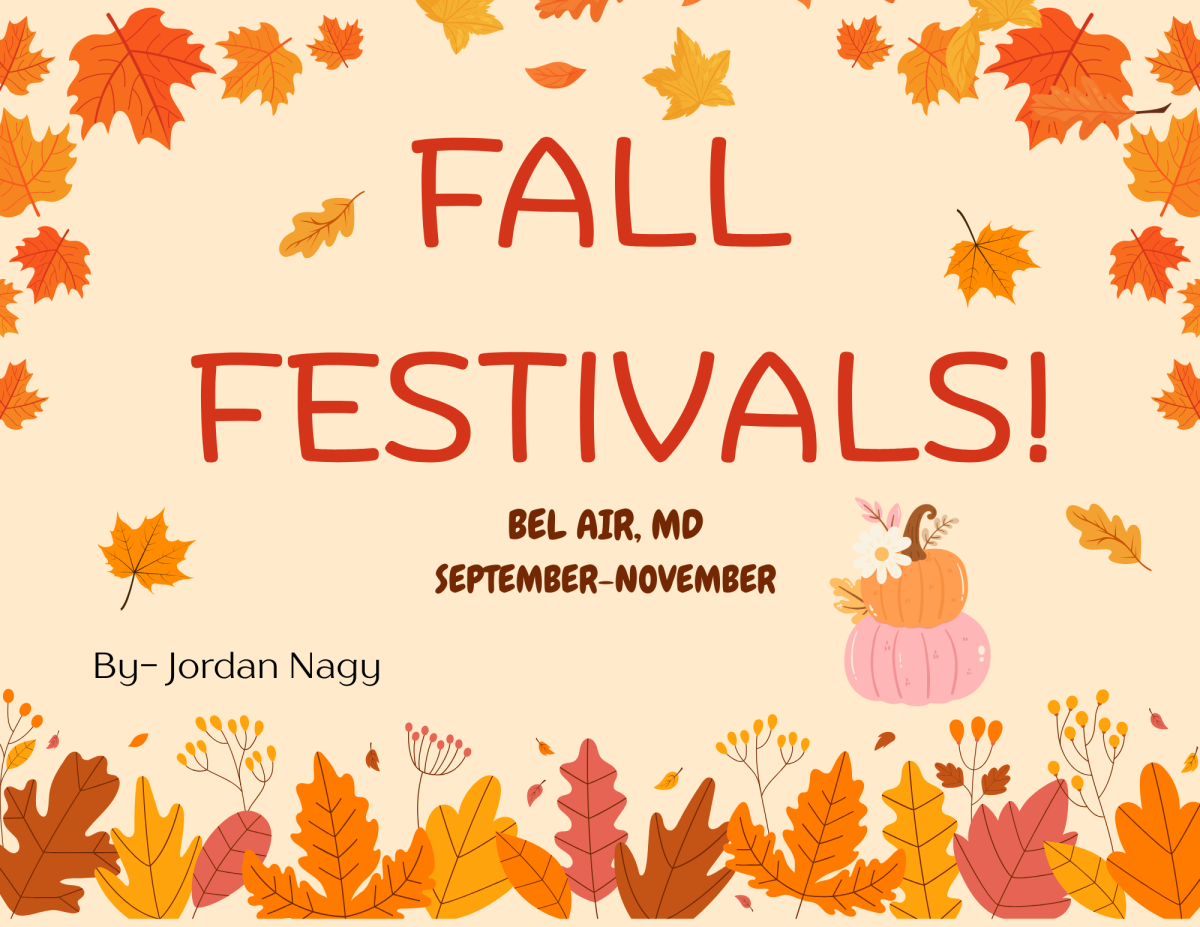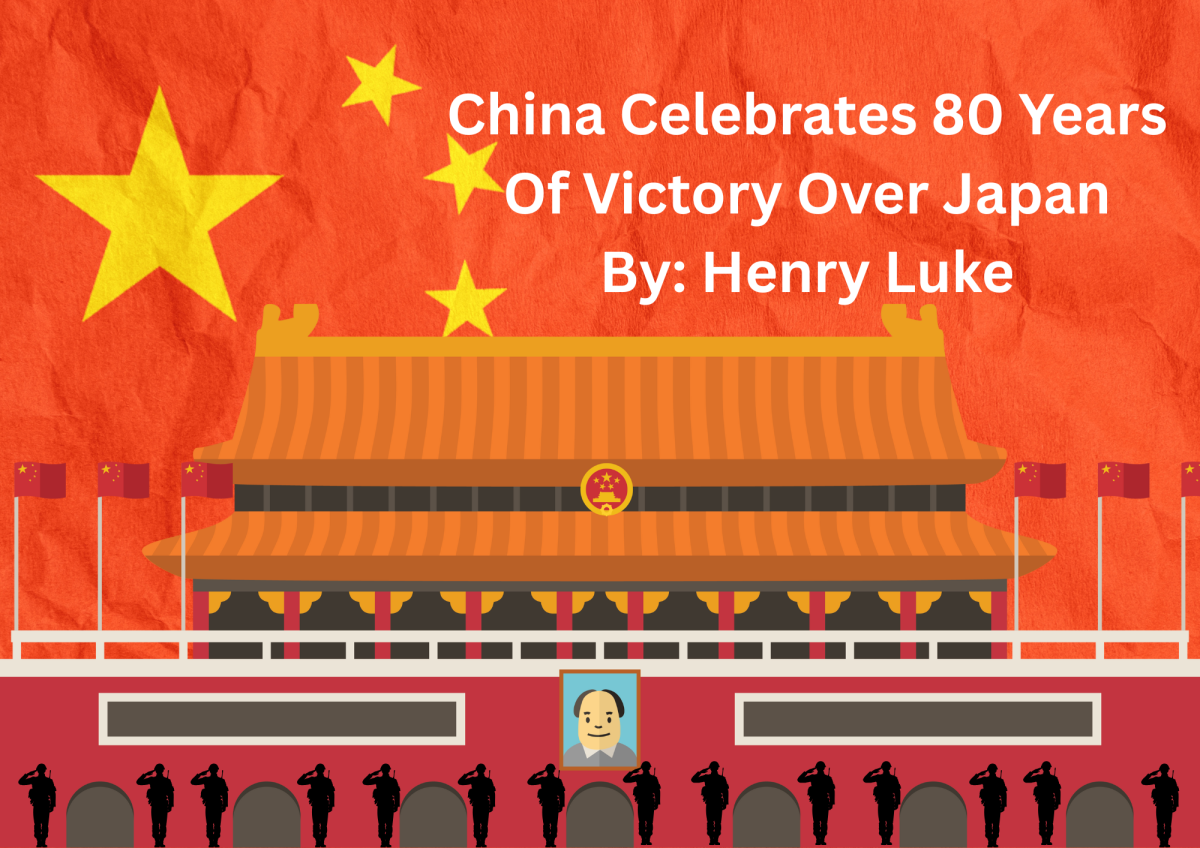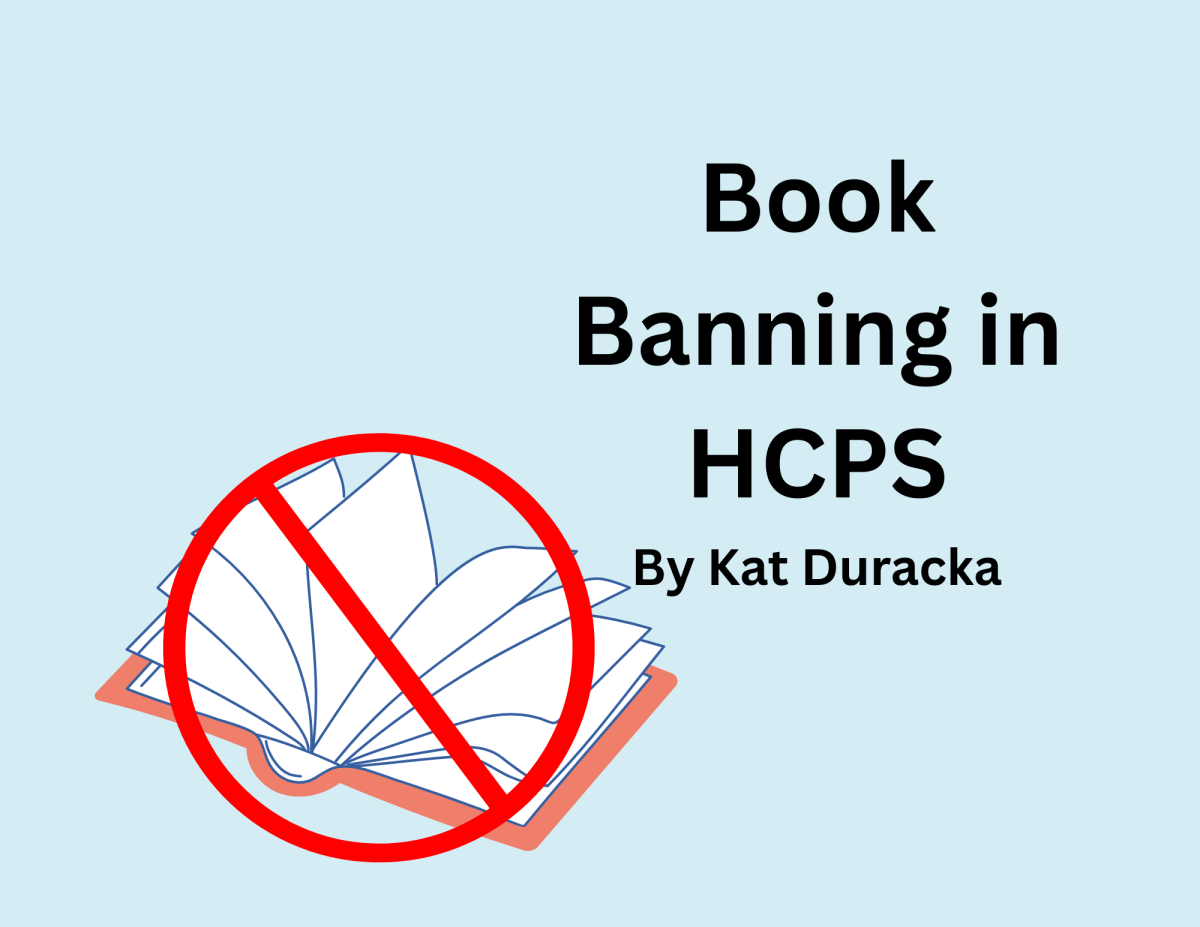The story of the pilgrims, Plymouth, and the first thanksgiving
American History curriculums typically begin in 1492, when Columbus lands in the Americas. Most of the time, anything before Columbus is “prehistory,” and anything afterward is “modern history.” Anything not in America is “world history” which usually focuses on classical civilizations like ancient Egypt, China, India, Greece, and Rome, nothing connected to the modern day. The only continuous historical narrative is American history, which begins with Columbus, and then has a conspicuous 128-year gap until the Pilgrims land at Plymouth.
This gap in understanding between medieval Europe discovering the America’s and permanent English settlement gives many interpretations of the events a retrospective view. Viewing the pilgrims more as modern people simply lacking technological innovation rather than medieval people settling in a far-off land. In almost every depiction of Plymouth and the first Thanksgiving, the pilgrims live in nuclear families, have their own homes, go to church on Sunday, and live separate, individual lives. But this perspective is as accurate as the flintstones.
Thinking of the pilgrims as modern people allows us to impress our own ideas of individual liberty and religious freedom onto them, which makes them seem more forward-thinking and American. Pilgrims were still living in the late medieval period, closer to William Wallace and the black death than our own modern United States. So, what really happened during those 130 years? And What really happened when the pilgrims landed at Plymouth?
What happened between 1492 and 1620?
Using Gutenberg’s printing press, the bible was much easier to translate and became much more widely available for people to read. In 1517, twenty-five years after Columbus’s landing, Martin Luther nails his 95 theses to the door of the all-saints church, kickstarting the Protestant reformation across Europe. In simple terms, the Protestants believed the bible was supreme, while Catholics believed the Pope was still supreme.
During that same time in England, King Henry the 8th separated England from the Catholic church in 1543 when they refused to allow him to divorce his wife. Henry then formed the Anglican church, which replaced the pope with the English king. After his death, his daughter “bloody Mary” tried to reconvert England to Catholicism, killing hundreds of protestants, but would die after only five years on the throne. Her sister would then become queen Elizabeth the 1st, 66 years after Columbus’s landing.
Elizabeth the 1st reformed the Anglican church, introducing a new “book of common prayer” and appointing new bishops, making the Anglican church more like the Catholic church. Rather than sooth tensions, this only enraged both sides. English Catholics refused to convert to Anglicanism even with the reforms, and English protestants refused to follow the new guidelines. At this point, the English protestants were labelled “Puritans,” making fun of their obsession with “purifying” the Anglican church.
Elizabeth also destroyed the Spanish armada that her previous husband, Philip the 2nd of Spain had sent to invade the islands. This greatly weakened the Spanish navy and opened the new world for British settlement. After Elizabeth, “the virgin queen”, died without a son, King James of Scotland became King James the 1st of England, uniting Britain for the first time, 111 years after Columbus’s landing.
Unlike Elizabeth, king James made peace with Spain in 1604 after one year on the throne. King James also then oppressed the puritans who demanded continued repression of Catholics and war with the Spanish. King James banned private religious gatherings and demanded Puritans pay a fine to worship, far more lenient punishments than what Catholics and Jews had received under previous monarchs. Still, due to these restrictions, a group of Puritans led by William Brewster fled England and settled in the Dutch town of Leiden. This represents the first group of “pilgrims,” Puritans who believed the Anglican church was broken to a point to where it could not be repaired.
In 1618, 120 years after Columbus’s landing, the Bohemian revolt plunged Germany and Central Europe into the 30 years’ war, which many other European nations would then join. The Dutch peace treaty with Spain was set to expire in 1621, after which the Dutch would certainly join the war, and the pilgrims wanted to leave before that happened. Out of desperation, the pilgrims made a deal with an English company called “the fellowship of the merchant adventurers” to settle in the new world. They briefly returned to England at the port of Southhampton and boarded two ships, the Speedwell and Mayflower. Though, they soon had to dock at the port of Plymouth after the poorly made Speedwell began taking on water. The passengers and cargo of the Speedwell were then loaded onto the Mayflower so that they could continue the journey. The pilgrims were not the majority on the Mayflower. Of the 132 passengers, 30 were crewmates, 102 were unaffiliated settlers, and 35 were pilgrims.
What was happening in North America?
The first contact that the Algonquin native nations had with the English was in 1580, when Sir Humphrey Gilbert mapped the area for future settlement. In 1614, after being recalled from Jamestown, John Smith and other explorers once again mapped the region, calling it “New England” for the first time and giving many villages and landmarks English names. Thomas Hunt, a member of Smith’s expedition, kidnapped 20 Algonquin natives belonging to the Wampanoag nation of present-day Massachusetts before returning to Europe, selling them into slavery in Spain.
Though, once in Spain, their sale was blocked by a group of Spanish friars who sited an old and often ignored Spanish law that natives could not be enslaved and took them in. One of the men was named Tisquantum, or as his name would be abbreviated to, Squanto. In the next two years, Tisquantum made it to London, where it is very likely he met Pocahontas, the Powhatan princess, in 1616 after she was brought over from the Jamestown colony in Virgina. That year, a devastating smallpox epidemic, now nicknamed “the great dying” broke out in New England, killing up to 90% of the native population in three years.
Tisquantum was returned to North America in 1619 after living in London for three years. His return was paid for by Sir Ferdinando Gorges, an eccentric wealthy man who was enthusiastic about colonization and often paid for natives to be abducted, taught English, and then released to prepare the continent for colonization. When Tisquantum returned, he found his hometown of Patuxet completely deserted. Not only because of smallpox, but also due to harsh winters making coastal villages untenable.
The pilgrims land
In November of 1620, the Mayflower dropped anchor in cape cod, finding themselves 200 miles north of their intended destination along the Hudson River. Since they were landing outside their designated settlement area, many of passengers argued they were no longer bound by the captain’s orders and began to leave. To prevent the group from fracturing, 41 of the men on board signed the Mayflower compact. At the beginning and end of the compact, the colonists acknowledge themselves as subjects of the King of England.
Early expeditions into the wilderness for animals, food, or other people came up with nothing, and, having landed in November, the settlers had no time to plant crops. But, when further expeditions found abandoned villages, they looted stockpiles of preserved food and dug up graves to collect the tools and weapons that had been buried alongside the bodies. They also encountered the Wampanoag for the first time on what is now aptly called “first encounter beach” which resulted in a standoff that ended without violence.
After searching for a place to build a permanent settlement, the pilgrims found the ruins of the village of Patuxet, which had a source of fresh water, food already stored, fields already cleared for farming, and comfortable housing already built, along with a lot of dead bodies. The pilgrims interpreted this as divine providence; that God had cleared away the natives to make room for his chosen people.
“The hand of God fell heavily upon them, with such a mortal stroke that they died on heaps as they lay in their houses; and the living, that were able to shift for themselves, would run away and let them die, and let their carcasses lie above the ground without burial. For in a place where many had inhabited, the hath been but one left alive to tell what became of the rest; the living being not able to bury the dead, they were left for crows, kites, and vermin to pray upon. And the bones and skulls upon the several places of their habitations made such a spectacle. And by this means there is but a small number of savages left in New England, and the place is made all the more fit for the English nation to inhabit in.” -Thomas Morton, description of the Indians of New England
The pilgrims did not name their new home Plymouth after the port they sailed from, as many versions of the story say. The Pilgrims were working from the maps made by John Smith, who had given every location an English name. When John Smith came to the village of Patuxet, he described it as “well inhabited with goodly, strong, and well-proportioned people, so planted with gardens and corn” and marked it down as Plymouth on his map. So, when the Pilgrims found the ruins of Patuxet, they had already known it as Plymouth beforehand and kept that name going forward.
During the first winter, most of the pilgrims remained on the boat while the first shelters were being built on the shore. It wasn’t long before the first colonists died from exposure and disease. Conditions got so bad that many of the surviving pilgrims wrote in their journals that they regretted ever coming here and wanted to go home. Bones from corpses exhumed in 2005 have odd gashes and bite marks, suggesting some resorted to cannibalism. Of the 132 original passengers, 57 had survived the first winter, 22 of which were children.
Rather than “sadly burying their dead” as most depictions of the story tell, they propped bodies up against trees in the forest, holding their muskets to make it seem that the settlement was well guarded. From there, its certain that the bodies rotted and were eaten by wild animals, with the stench of death and rotting flesh pervading the new settlement for weeks.
Rather than being unfamiliar with the English, the Wampanoag natives had already been familiar with the Europeans for 40 years, since Gilberts expedition, and knew exactly who they were dealing with. After the snow began to melt and spring began, a lone native man entered the settlement and greeted the Pilgrims, famously saying “welcome, Englishmen.” While in some versions, this man is Tisquantum, his name was Samoset, and he, like Tisquantum, had also been sold into Spanish slavery by English explorers in 1605, been acquired by Sir Ferdinando Gorges, been taught English, and then returned to North America. Samoset informed them that they were settling on Wampanoag territory, and that the leader, or “Massasoit” as the Wampanoag called him, was a man named Ousamequin. The pilgrims misunderstood this, calling the leader Massasoit, which was his title, not his name.
About a week after this, Ousamequin and the governor signed a treaty, giving the pilgrims the right to settle what was once Patuxet, ensuring mutual defense between both sides, and importantly, signing an agreement that if a native killed a settler, he would be turned over to them for justice.
The Wampanoag viewed the colonists as completely helpless after watching them suffer during the winter, and believed they came in peace since they brought women and children along with them. To ensure the survival of this new community, Ousamequin assigned Tisquantum, the only survivor from Patuxet, to help the English survive going forward. Now that friendly relations had been secured and the first structures were being built, the Mayflower returned home to England. Three years later, the Mayflower was sold for scrap.
The first thanksgiving?
After the first fall harvest in the colony ended, the feast that inspired modern thanksgiving traditions took place. But it was so unremarkable that none of the pilgrims wrote about it in their journals. The only perspective of the event is from Edward Winslow, who described in a letter trying to convince a friend who remained in England to settle in the colony.
“Our harvest being gotten in, our governor sent four men fowling, that so we might after a special manner rejoice together after we had gathered the fruit of our labor. They four in one day killed as much fowl as, with a little help besides, served the company almost a week. At which time, amongst other recreations, we exercised our arms, many of the Indians coming amongst us, and among the rest their greatest king Massasoit, with some ninety men, with whom for three days we entertained and feasted, and they went out and killed five deer, which they brought to the plantation and bestowed on our governor, and upon the captain and others. And though it be not always so plentiful as it was this time with us, yet by the goodness of God, we are so far from want that we often wish you a partaker of our plenty.” -Edward Winslow, 1621
The reason natives joined the pilgrims for the feast differs from telling to telling, with some saying that they were invited by the governor, or that they simply arrived after hearing there would be food. But the likeliest option is that the pilgrims, as Winslow reported they did, performed rifle exercises for entertainment, and, after being warned of gunfire in Plymouth, Ousamequin arrived with ninety soldiers to help defend the colony from what he thought was an attack.
While today we call this event “the first thanksgiving,” no pilgrim at the time would have called it that. Harvest feasts were seasonal, non-religious events in many European cultures, while thanksgivings were a separate event where you would spend all day in prayer and giving thanks to God.
Comparing the contents of the feast with what we eat today, wheat and potatoes were entirely absent, meaning that there was also no bread or stuffing, but there was corn, cranberries, and pumpkins. There was no milk or sugar in the colony, meaning that cornbread or pumpkin pie were also absent along with any other dairy products. Regarding meat, Winslow’s report says that the Wampanoags hunted five deer and that the pilgrims went “fowling” which is a term pertaining to waterfowl like ducks and geese. There was certainly no turkey, ham, or chicken available.
After the feast
In almost every depiction, the story ends here. But the truth is that the fall harvest of 1621 was the high point of English-Wampanoag relations, with everything going downhill from here. Going into the next year, Tisquantum used his influence over the English to try to make a name for himself as the one who commands the superior firepower of the English, forcing smaller communities to name him leader instead of Ousamequin. After the English found out about his scheming, they requested a new translator, and the disgraced Tisquantum died of sickness, alone and at the age of 42, only a year after the first thanksgiving.
In 1622, the merchant adventurers established a second settlement north of Plymouth called Wessagusset, with no pilgrims being present. They were not looking to establish a permanent settlement and were only there to make money, which meant they had terrible relations with the Massachusett people, rivals of the Wampanoag, on whose land they settled. In 1623, a year after Wessagusset was built, Ousamequin fell ill and Edward Winslow journeyed to the Wampanoag capital of mt. Hope to give medical care, which worked. After he recovered, Ousamequin informed Winslow of a secret plot by the Massachusett to destroy both Wessagusset and Plymouth. Shortly after, an English settler arrived in Plymouth, telling them that Wessagusset was under siege and needed immediate relief.
The Plymouth colonists decided to defend their fellow settlers and sent Capt. Miles Standish and a company of men to Wessagusset, where they defeat the Massachusett and executed all their leadership. The Massachusett were never able to threaten the colonists or the Wampanoag again, and would eventually disappear entirely, dispersing into neighboring communities.
At this time, the Pilgrims viewed the entirety of New England, including the Wampanoags, to be under English rule, which they believed had been solidified through the 1621 peace treaty, which declared them to be “loyal subjects of king James.” Ousamequin had the opposite view, that all the communities in his territory, including Plymouth, owed allegiance to him, and that he could use them to crush his enemies and expand his territory, like he had just done to the Massachusett.
In 1626, with the colonies still failing to turn a profit, the merchant adventurers went bankrupt, and all their debts were shifted to the settlers in Plymouth and Wessagusset. After this, it was assumed the colonies would soon disappear. But, in 1627, England finally joined the thirty years war in Europe, which meant that English high society could no longer get beaver furs from French colonies. To fill the demand, the colonists began sending hunting expeditions to Maine, exploiting the large beaver population, and finally turning a profit for the first time.
After King James’s death, his son Charles became king and soon after dissolved the British parliament after Puritans demanded he divorce his Catholic wife. This caused the first “great migration” to North America, with 80,000 puritans making their way to the colonies in the next 10 years. John Winthrop brought the first 1,000 puritans to New England to establish the “Massachusetts bay” colony. In his writings he famously used these words to describe the new colony.
“For we must consider that we shall be as a city upon a hill. The eyes of all people are upon us. So that if we shall deal falsely with our God in this work we have undertaken and so cause him to withdraw his present help from us, we shall be made a story and a byword throughout the world.”
When Winthrop’s ships arrived in Massachusetts bay, there were fewer than 300 people in Plymouth, less than 100 of which were pilgrims. When Winthrop’s Puritans began building the city of Boston, the idea of being a “pilgrim” disappeared in the colonies. Instead, you were a “New England Puritan.” But, even in the group of the first 1000, there were some among them who disagreed with Winthrop’s visions of a religious utopia. Agitators like Roger Williams and Anne Hutchinson were banished from the colony, and their followers went on to build the city of Providence, beginning the colony of Rhode Island.
That same year, a man named John Oldham was found murdered on Block Island, and it was suspected that men from the Pequot nation, a group west of the colonies in present-day Connecticut were responsible. The colonies demanded the Pequots turn the men over for justice, and the Pequots refused. The colonies went to war with the Pequots, and it ended with the “Mystic fort massacre,” where the colonists surrounded the Pequot capital, set it on fire, and killed anyone who tried to flee. Following the victory, John Winthrop declared a day of thanksgiving across the colonies, though, this still consisted of fasting and praying instead of a large dinner.
After the war, the Pequots were either sold into slavery or fled to other nations, being assimilated and no longer calling themselves Pequots. Horrified by the display of colonial military might, the Narragansett nation began trying to build a coalition of native nations in New England to drive the English away. By 1657, Ousamequin had died, and leadership of the Wampanoag went to his younger son Metacom, who agreed with the Narragansett rather than favoring the colonies as his father had done. After the colonies executed three Wampanoag men who had killed settlers on their land, he began “King Philips war” against the English, Philip being Metacom’s English name.
While the events of the war are too complex to detail here, two events mirroring the massacre at mystic fort occurred during the war, with “the great swamp fight” seeing the Narragansett exterminated, and the “massacre of Turner’s falls” destroying the Nipmuc, a northern nation who had allied with Metacom. In both events, villages were surrounded, set on fire, and anyone who fled was killed, with hundreds dying in both events. In 1676, Metacom was killed by a mercenary named Benjamin church. He was dismembered and many of his body parts, including his arms, legs, and hands were reported in various places across New England. But his head was put on a pole in Boston, where it stayed for 20 years. Five days after his death, the governor of Massachusetts declared a day of thanksgiving and prayer across the colonies.
After Metacom’s death, The Wampanoag war effort collapsed. An old man named Anawan became the new leader, and Benjamin church soon set out to capture him. Anawan surrendered peacefully, and despite Benjamin Church’s objections, he was hung publicly on Boston common. As a younger man, Anawan had likely attended the first thanksgiving with the Plymouth pilgrims, but he lived to see the English dominate the land, and his nation and people destroyed without exception. The rest of the Wampanoag either fled further inland, or were enslaved, with many ending up on Barbados sugar plantations, or held prisoner on Deer Island in Boston harbor, where almost all starved to death during their first winter.
Fifteen years later in 1693, all other colonies in New England were incorporated into the Massachusetts colony, and the dominion of New England, under the rule of Charles the 2nd, another Catholic king. That same year, the Salem witch trials would prove a public relations disaster for the Puritan movement after innocent people were wrongly and cruelly executed. That, combined with continued migrations of settlers, most of which held more moderate religious beliefs, spelled the end for radical Puritanism in the American colonies.
Why do Americans celebrate Thanksgiving today?
After the Puritans fell into obscurity, colony-wide celebrations of Thanksgiving became unpopular, until, in November of 1789, George Washington declared a day of national Thanksgiving across the newly independent United States of America. Other proclamations were made by Washington after the whiskey rebellion, and by James Madison after the war of 1812, but these still consisted of days spent in prayer.
In 1841, Alexander Young discovered Edward Winslow’s letters, describing the 1621 fall harvest feast. When Young published the letters, he included his own notes, in which he incorrectly attributes “This was the first thanksgiving, the harvest festival of New England.” This misunderstanding was then used as the basis for modern thanksgiving traditions by a woman named Sarah Josepha Hale, who, in 1847, was the editor for “goody’s ladies’ magazine.” Hale included sections in the magazine giving recipes for dishes like turkey and pumpkin pie, and including supposed American colonial traditions, all of which, despite being inaccurate, became popular with readers.
Hale began urging her readers to write to politicians, advocating for the establishment of Thanksgiving as a national holiday. During the civil war, sixteen years after Hale began her letter writing campaign, Abraham Lincoln began declaring days of thanksgiving after victories like Gettysburg. These celebrations were inspired more by Hales’ ideas rather than Puritan tradition and would be declared by every subsequent president until the modern day.
Sources:
–Watch The Pilgrims | American Experience | Official Site | PBS







